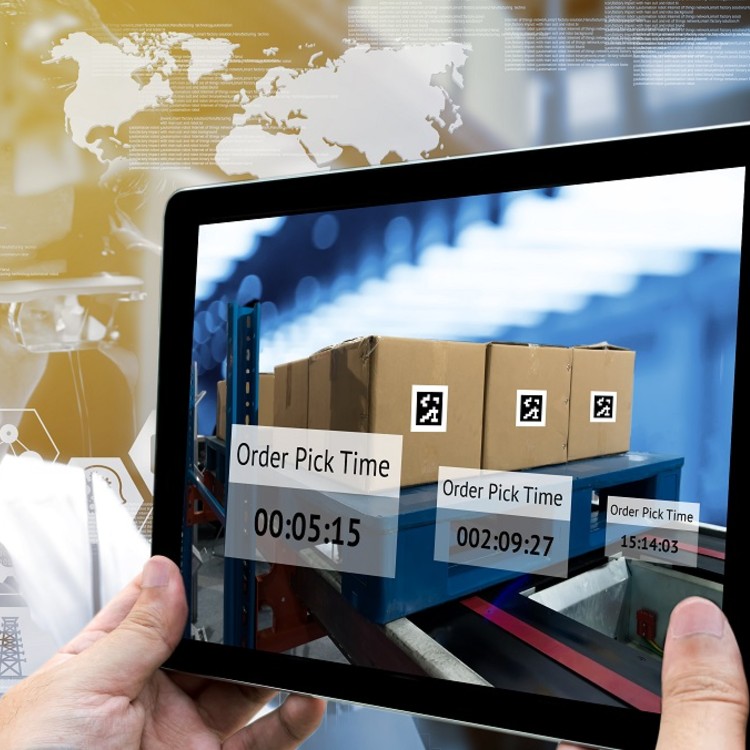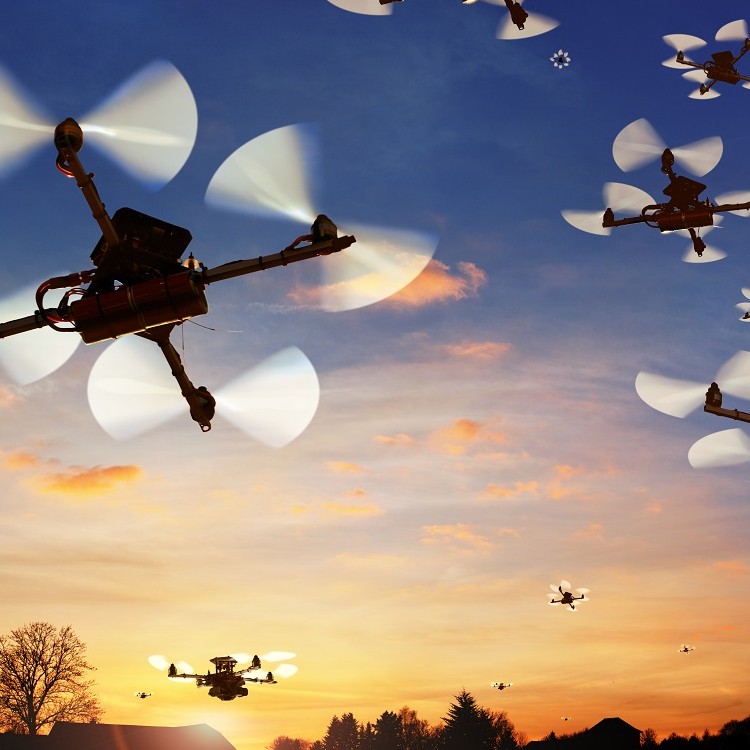Did a transatlantic voyage centuries ago foretell the future of autonomous cargo shipping? It’s not as far-fetched as it sounds.
In 1620, a merchant ship embarked on a momentous journey across the treacherous Atlantic Ocean, from England to the New World. Men, women and children all boarded the Mayflower in search of a better life, and their successful odyssey to the Americas would eventually mark a new chapter in world history.
Four hundred years later, another Mayflower has retraced those same steps to make history of its own: the Mayflower Autonomous Ship, a fully automated marine research vessel that completed the same trip from Plymouth, United Kingdom, to Plymouth, Massachusetts, earlier this year with nary a human in sight.
“It really touched everyone globally in terms of what is possible,” said Matthew Ratsey, managing director of Marine AI, which furnished the software that powers the ship. “There’s not very many vessels that have actually completed 32 autonomous days at sea and traveled 3,500 miles.”
The Mayflower is part of a new generation of ships sailing the Seven Seas. From ferries in Tennessee to container ships in Norway, these vessels are improving safety, reducing costs and saving the environment.






